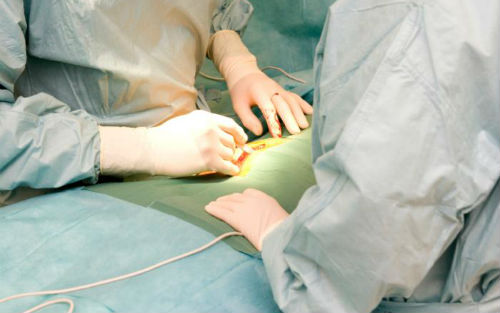

On January 6, Science published an article in the journal Science Translational Medicine will use fluorescent imaging to increase probability of tumor excision full articles.From Duke University, the Massachusetts Institute of technology (MIT) and Lumicell's research team developed a fluorescent probe to identify, mark cancerous tissue preparation--LUMO15 in blue, with external equipment to help surgeons to optimize resection of the tumor, as well as improving precision radiotherapy.
Current imaging techniques, such as MRI, CT-scan Imaging.These technologies have a lot of limitations, cannot get the tumor lesion of the borders.This is why many patients after resection of the tumor for the first time, will relapse.Surgery, radiation therapy and other means may not be able to remove tumor tissue, cancerous cells involved will be amplified again, causing the cancer coming back, and even transfer deteriorated.
Fluorescence agents: help practical and convenient tumor imaging technology
LUMO15 fluorescence agents can make cancer organizations, enabling fast and easy tumor imaging process.This preparation is the principle of fluorescent probes for protease activity, identifies cathepsin.In diseased cells, which in protease levels far higher than the normal cells of the proteinase content.Used cathepsin cells change the environment of cancer cells, so that its growth and expansion.The team said, the fluorescence agents has success in a small animal.Researchers gathered LUMO15 in tumor tissue, and highlight 5 times brighter than normal tissue.At present, the fluorescence agents are used in 15 patients with tissue sarcoma cancer or breast cancer.Clinical results show product has no side effects.
Breaking the limit: improve the efficiency of tumor resection
Because fluorescence is not visible to the naked eye, so the research team is developing a hand-held imaging device to achieve synchronous Imaging.When the patients after resection of the tumor, surgeons can now use handheld imaging device monitoring fluorescence and confirm whether there are residual cancer cells.
Orthopaedic tumors, Chief Scientist at Duke University, author Brian Brigman said, if the technology successfully in clinical trials, will significantly improve the treatment of cancer.In his view, if the probability is 100% eradicate tumors increased cancer recurrence, second surgery and other problems would be greatly reduced.In addition, the doctor if treating patients with those parts of residual cancer, also will have positive significance for radiation treatment, thereby reducing the avoidance of unnecessary radiation side effects.
Research team are currently based on 50 patients with breast cancer, clinical trials, efficacy and safety of LUMO15 preparations.
